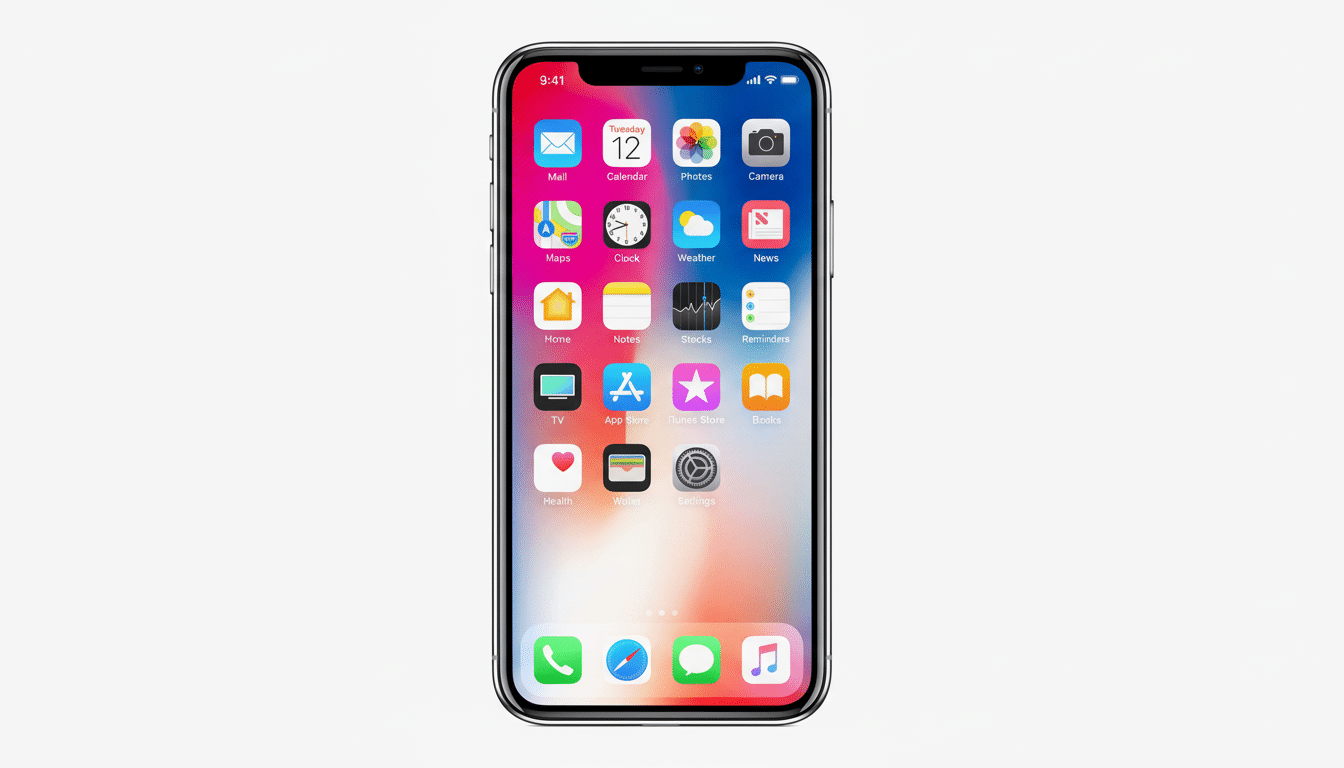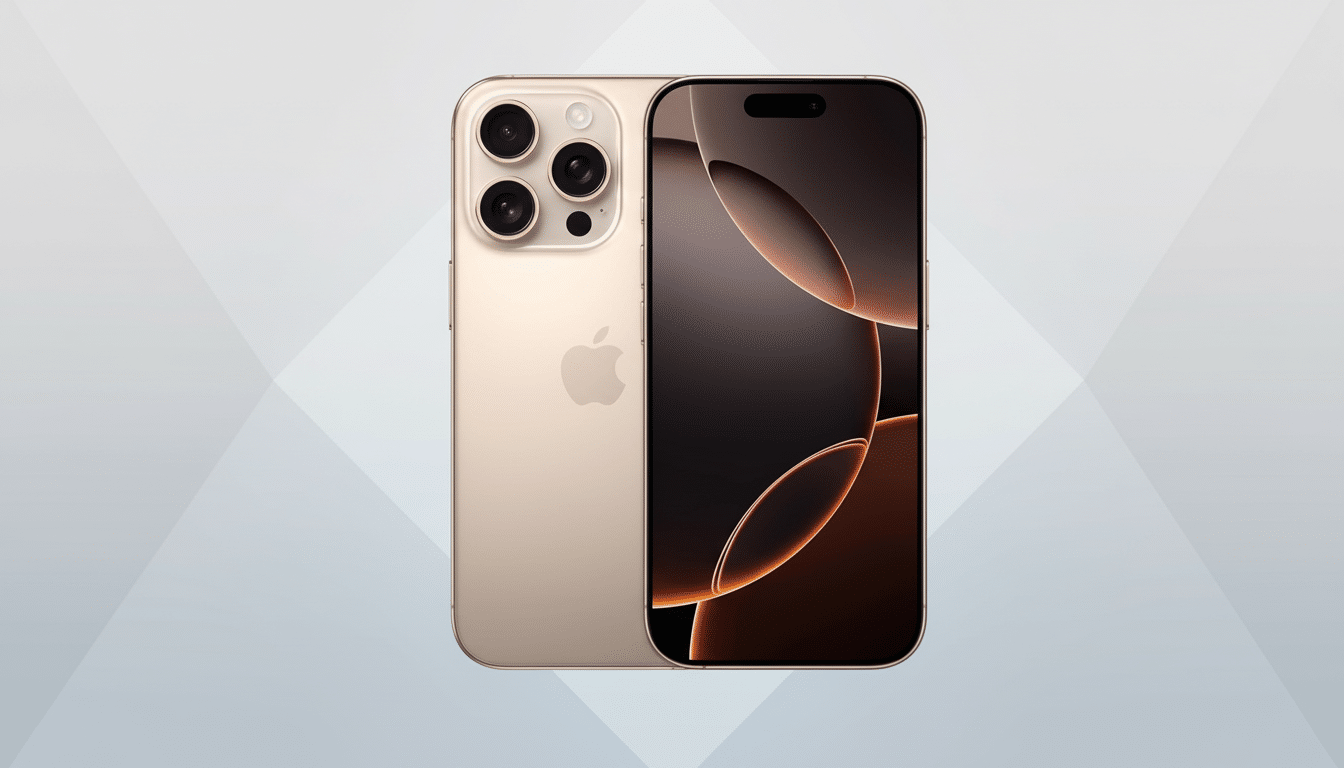Adobe also plans to bring its flagship video editor, Premiere, to the iPhone — an equally clear sign that professional-grade workflows are migrating to the device in your pocket. It’s about to drop on the App Store with preorders available, signaling that Premiere will be a fully featured mobile editor, not just a lite companion. For Adobe-ecosystem stalwarts, it offers desktop-class tooling, tight Creative Cloud integration and watermark-free exports.
What’s in the iPhone version of Premiere
On iPhone, Premiere tries to cover the basics pros use on deadline: trim with precision, layer timelines, adjust at the frame level. Adobe notes that the app supports video, audio and text layers, including 4K HDR — crucial for the iPhone’s modern camera pipeline and today’s HDR-friendly social platforms and displays.

Still built in: automatic captions with stylized subtitles, recognizing that accessibility and silent autoplay have made surely positioned on-screen text quests essential to reach. And here’s the kicker: Unlike most of the free mobile editors, exports won’t contain a watermark — a headstart that pros, freelancers, and brands who need professionally finished goods without “extra post cleanup” will appreciate.
Stock assets and Firefly AI on mobile
Adobe is threading Firefly — the company’s generative AI models — straight into the app on the iPhone. Editors will be able to create images, audio and video from text prompts, and employ the now-familiar AI aides that speed typical production along. Firefly’s commercial-use stance is relevant here: Adobe has said Firefly models are trained on licensed and public domain content, in an attempt to minimize rights uncertainty for professional campaigns.
The app also taps into Adobe’s stock libraries, fonts, graphics, sound effects and music, along with presets from Lightroom. That means color looks, titles, and sonic branding can move with a project as it bounces from place to place, even while you’re cutting on a phone on set. Voice Isolation Even more useful for mobile shoots is the “Enhance Speech” feature for voice isolation—found throughout Adobe’s audio tools—which can help save dialogue recorded in loud locations, a common problem for mobile shooting.
Pricing, credits, and storage
Premiere for iPhone will start free, with options for paid tiers based around AI credits and cloud storage à la Adobe’s broader Creative Cloud strategy. So how does Adobe plan to keep both casual creators experimenting, while making it a predictable path to scale for high-volume teams? Power features are credit-based to incentivize experimentation and at the same time bake a predictable scaling path for high-volume teams. Cloud storage is the practical foundation for multidevice access to assets and edits, which is a big component of Adobe’s pitch for mobile-to-desktop continuity.
An Android edition is in the works. We are awaiting more information about feature parity and the rollout schedule, but Adobe’s recent mobile push with Photoshop and Firefly implies a more rapid, consistent roadmap than we’ve seen in the past.

Competitive context: creators and short-form video
Adobe is entering a crowded, rapidly changing space. Creators on the iPhone already lean on CapCut for speed, LumaFusion for precision and Apple’s own tools for capture and color. DaVinci Resolve and Final Cut Pro have shown on the tablet that serious editing can work on purely touch devices. YouTube has said Shorts reaches more than 2 billion logged-in users each month and both TikTok and Instagram are escalating the arms race for creator tools — one reason that Meta, the company formerly known as Facebook, recently released its own dedicated editing app. Analyst firms like Data. ai and Sensor Tower have monitored a surge in mobile-first editing and design apps as social video takes over attention.
Adobe has long offered Premie Rush on mobile, but the move to bring full-fledged Premiere to iPhone raises the ceiling on what you can cut on a phone. The big differentiator will be workflow gravity — many production teams already finish in Premiere on desktop, so a frictionless handoff and consistent effects, fonts, color, etc. across devices could be a winner.
What this means for on-device workflows
IPhones shoot high-bitrate footage and log ProRes profiles now, their chips wrangle multi-stream timelines more easily than some laptops from a couple years ago. Deliver a stable 4K HDR Premiere experience on the iPhone, with reliable audio tools, and the path from shooting your story to sharing it with the world shortens – especially if you’re a field reporter, a quick response social team, or an independent producer shooting run and gun.
The strategic upside is consistency. Editors can rough in a cut in the field, use Firefly for temporary B-roll or graphics, use a preexisting look from Lightroom, and then open the project back at the desktop for the finishing. The other advantage of watermark-free exports is that a phone-cut deliverable could be final, not just a preview.
What to watch
There are some key questions remaining: how much further into the timeline than on desktop Premiere can you push edits, what kind of LUT management, multicam and advanced audio mixing will be available at launch versus trickle in over time? How easy (or difficult) will it be to share projects—between different Creative Cloud app users as well as between people on different platforms? The answers to those will tell us whether an iPhone version of Premiere is just a capable remote-field editor or a legitimate end-to-end tool for professionals.
Either way, the move to put Premiere on iPhone underscores what many believe is a bigger trend: pro editing is no longer constrained to a desk. With native AI features, stock assets on tap and a watermark-free export route, Adobe is betting the best camera and the first cut could be the one you have with you every day.

